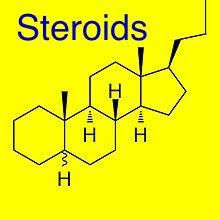Safety and Myths About Anesthesia: What You Need to Know Before Surgery

Safety and Myths About Anesthesia: What You Need to Know Before Surgery Keywords : anesthesia, anesthesia safety, myths about anesthesia, preparing for surgery, anesthesia side effects, and general anesthesia The word "anesthesia" often sparks anxiety before surgery. Will you wake up on time? Is it safe for your health? Could it harm you in the long run? Countless myths surround anesthesiology, fueling fears and doubts about modern medical practices. In this article, we’ll debunk the most common misconceptions about anesthesia, explore its safety, and share tips on preparing for surgery so you can feel confident and informed.





